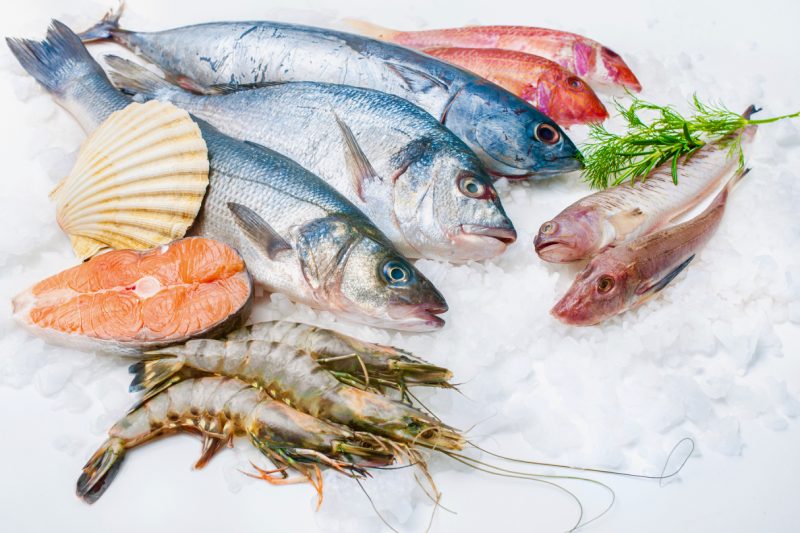McDonald’s. Hilton. IKEA. Each of these company titans enjoys a vast customer base. But what maximum in their clients won’t realize is that those companies are leaders in ocean stewardship: They all promote sustainable seafood. This is an essential precedent. However, it is not sufficient. When it comes to harvesting and promoting seafood, “sustainable” isn’t always simply an empty label. It represents accountability at some point of the cost chain, beginning when a fish leaves the water to make certain that the complete procedure is performed in a manner that permits fisheries and the sea ecosystem to hold to thrive.
The sustainable seafood movement has grown rapidly. Just two decades ago, sustainability became a gap concept inside the seafood industry. Hardly everyone within the enterprise talked about it. Most businesses failed to understand the long-term enterprise effects of overfishing, not to mention region a high priority on conservation. At that time, the environmental corporations that endorsed sustainable seafood have been met with suspicion, if not outright rejection. A 1997 cowl of Seafood Business mag asserted that seafood corporations need to no longer “move slowly beneath the covers with greenies.”

But a whole lot has been modified in the final twenty years. Consumers all around the globe increasingly more assume that the seafood they purchase, whether at a grocery shop or a five-celebrity eating place — qualifies as sustainable. The Marine Stewardship Council’s iconic blue product label is now observed in almost a hundred nations, illustrating the increasing demand for sustainably sourced products.
People are getting extra engaged in their meal alternatives, and their behavior is evolving. We count on our meals, which we share with our children, to be safe and nutritious. We also more and more count on the companies whose merchandise we consume no longer to contribute further to the overfishing, warming waters, and pollution, which can be placing pressure on the ocean. We express those expectancies in how we spend our money.
But, similarly critical, attitudes amongst enterprise leaders also are moving. Many are now engaging with marine conservation organizations to deal with the way to help exhausted fisheries recover and preserve wholesome ones thriving. This in part displays their desire to meet their clients. But as a great deal as shifting demand and weakening emblem loyalty are bad for companies, nothing is worse than exhausting delivery. Companies now realize that it’s not possible to sell fish if there aren’t any left.
And it takes only a few organizations to make a distinction. Seafood may be fed on through tens of millions around the world. However, it’s far traded using just a handful of firms. Relatively small adjustments on some entities might cross a long way towards protecting the entire industry’s destiny.
This impact is compounded while primary gamers work together to address problems inside the seafood delivery chain. Already, collaborative efforts among industry leaders, such as the Seafood Business for Ocean Stewardship (SeaBOS) initiative, have performed a primary position in propelling progress on sustainability.
Global seafood organizations might have had one-on-one partnerships with conservation NGOs, but they weren’t participating with each other. SeaBOS changed that. A science-based initiative, SeaBOS has engaged the CEOs of 10 of the most important seafood agencies to stimulate transformative alternatives in sustainable seafood production that help a wholesome ocean.












